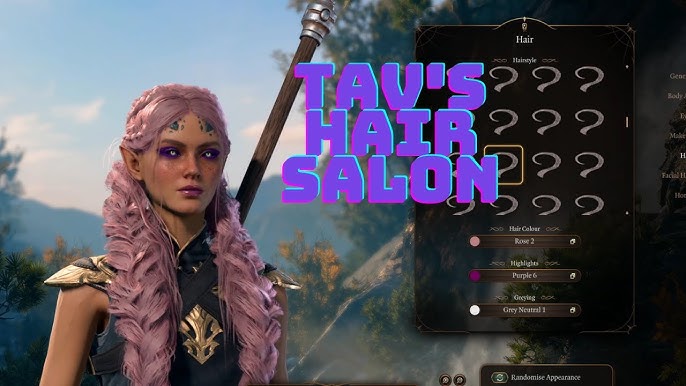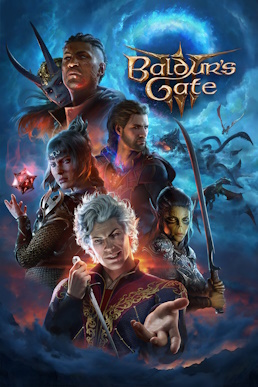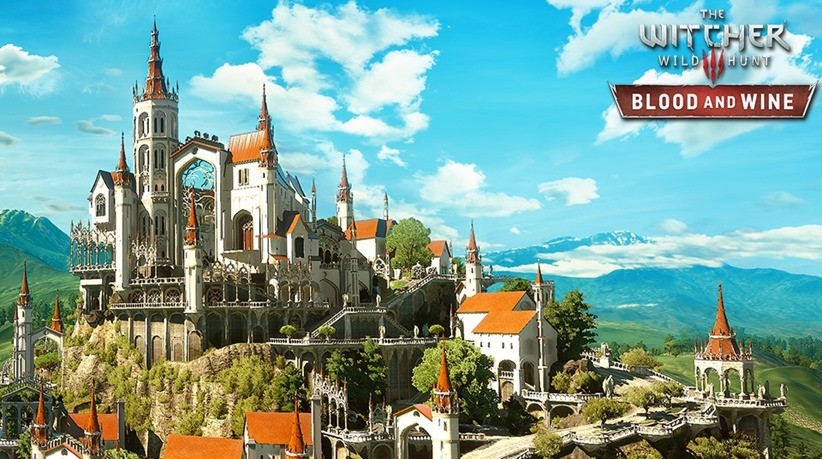The Avernus Dilemma: Larian's Balancing Act Between Player Feedback and Creative Vision in Baldur's Gate 3 Baldur's Gate 3 has been nothing short of a triumph for Larian Studios.

Baldur's Gate 3 has been nothing short of a triumph for Larian Studios. It's a masterclass in RPG design, a testament to the power of player agency, and a shining example of what can happen when passion meets technical prowess. But the journey doesn't end at launch, and the post-release narrative surrounding BG3 has been as compelling as the game itself, particularly concerning Larian's response to player feedback on character endings. This isn't just about patching bugs; it's about navigating the complex relationship between developer, player, and the ever-evolving world of game development. Let's delve into the Avernus dilemma and see how Larian is balancing player expectations with the realities of game development.
The Chorus of Discontent: Karlach and Astarion's Original Fates
The initial endings for Karlach and Astarion sparked a significant outcry from the community. Players felt that their companions, characters they had invested countless hours in, were robbed of satisfying conclusions to their personal stories. Karlach, the tiefling with a heart of gold and a ticking infernal engine, was particularly affected. Her initial ending, which often involved a return to Avernus, felt like a cruel fate after her struggle to find peace.
“I romanced Karlach and spent the entire game trying to find a way to fix her engine, only to be railroaded into watching her die in Avernus? Seriously? What was the point of any of it?” said one player on a popular Reddit thread.
Astarion, the vampire spawn yearning for freedom from his tyrannical master, also drew criticism. While his ending was arguably more nuanced, many players felt that the consequences of his choices, particularly if he chose to embrace vampirism fully, were too bleak and lacked sufficient closure. The sentiment on forums was clear: players wanted more agency, more hope, and more satisfying conclusions for these beloved characters.

Larian Listens: The Epilogue Patch and Beyond
Larian's response was swift and decisive. Recognizing the strength of feeling within the community, they announced plans to add epilogue content aimed at providing greater closure for the companions. This wasn't a promise of completely rewriting the endings, but rather an acknowledgement that the existing conclusions lacked the emotional resonance players desired.
The announced epilogue content is designed to address the feeling of abruptness that plagued the original endings. By providing a glimpse into the future, Larian hopes to offer players a sense of resolution and demonstrate the lasting impact of their choices. It’s a delicate balancing act: staying true to the established lore and narrative while providing the emotional satisfaction players crave. The studio has emphasized that these additions won't invalidate existing playthroughs but will instead enrich the overall experience.
Modding Mayhem: Ripple Effects of Post-Launch Updates
Baldur's Gate 3's robust modding community has been a vital part of its success. From cosmetic tweaks to significant gameplay overhauls, mods have allowed players to tailor the game to their preferences. However, Larian's updates, while generally welcomed, can have unintended consequences for the modding scene. A seemingly minor change to character models, for example, can break popular appearance mods.

Consider "Tav's Hair Salon," a mod that allows for extensive character customization. Updates that alter the base character models can render these hairstyles incompatible, requiring modders to scramble to update their creations. Conversely, new dialogue options introduced in the epilogue could inspire modders to create even more branching storylines and character interactions, further enhancing the game's replayability. It’s a symbiotic relationship, but one that requires constant adaptation on both sides. For example, modders will need to re-evaluate existing mods like those focused on expanded romance options or custom companion quests to ensure they seamlessly integrate with the new epilogue content.
A Tale of Two Studios: Larian vs. CD Projekt Red
The question of post-launch support naturally leads to comparisons with other industry giants. CD Projekt Red's approach to The Witcher 3 offers a contrasting example. While The Witcher 3 also received patches and updates based on player feedback, its post-launch content was largely focused on pre-planned DLC expansions like 'Hearts of Stone' and 'Blood and Wine.' These expansions significantly expanded the game's world and story, providing players with dozens of hours of new content.

Larian's strategy with Baldur's Gate 3 seems more reactive, prioritizing immediate player concerns and addressing them through targeted updates. CDPR, while certainly responsive to feedback, seemed to operate on a more defined roadmap of pre-determined DLC content. Neither approach is inherently superior, but they highlight different philosophies. One emphasizes immediate player satisfaction, while the other focuses on long-term world-building and narrative expansion. This difference also extends to communication; Larian has been exceptionally transparent and communicative throughout the post-launch period, actively engaging with the community on social media and forums. This direct line of communication allows them to quickly gauge player sentiment and respond accordingly.
The Sustainability Question: Can Larian Keep It Up?
Larian's commitment to its player base is commendable, but the question remains: is this level of responsiveness sustainable in the long term? Developing and implementing significant content updates requires considerable resources, both in terms of manpower and budget. While Baldur's Gate 3's success has undoubtedly provided Larian with ample resources, the studio also needs to manage its workload and plan for future projects. The risk of burnout and the potential for spreading themselves too thin are real concerns. Furthermore, constantly reacting to player feedback can potentially dilute the studio's creative vision. While player input is valuable, it shouldn't come at the expense of the developers' artistic integrity.

Finding the Balance: A Sustainable Future for Post-Launch Development
Ultimately, Larian's success in the post-launch phase will depend on their ability to find a sustainable balance between player feedback and creative vision. This might involve implementing a more structured approach to post-launch content, perhaps with a mix of reactive updates and pre-planned expansions. It could also involve empowering the modding community even further, providing them with the tools and resources to address player concerns and create new content independently. Perhaps providing official modding tool support would allow Larian to focus more on future projects while still supporting the game.

Baldur's Gate 3 has set a new standard for RPGs, not just in terms of gameplay and narrative, but also in terms of developer-player interaction. Larian's willingness to listen to their community and address their concerns is a testament to their commitment to creating a truly exceptional gaming experience. The journey through Faerûn may be over for now, but the story of Larian's post-launch support is just beginning. How they navigate the complexities of player feedback, modding, and creative vision will shape the future of Baldur's Gate 3 and potentially influence the entire industry. One thing is certain: we'll be watching closely.


